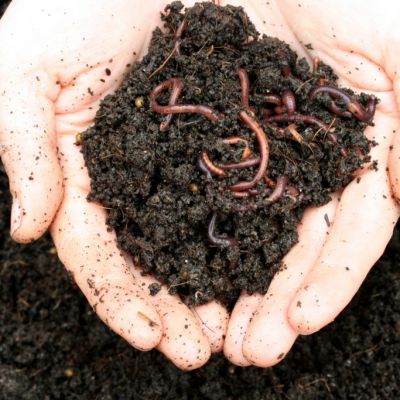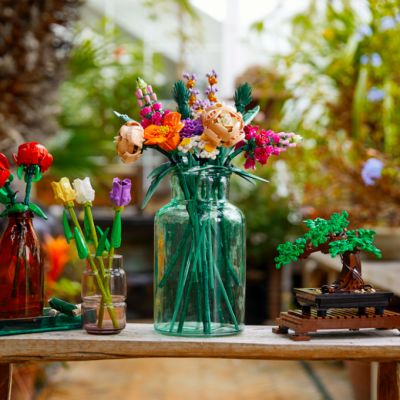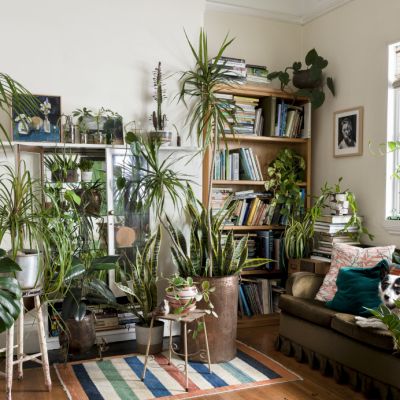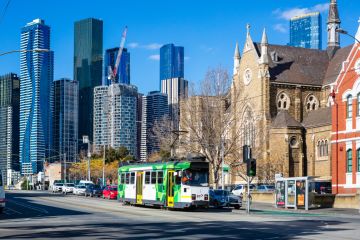8 jobs to do in the garden before the end of summer
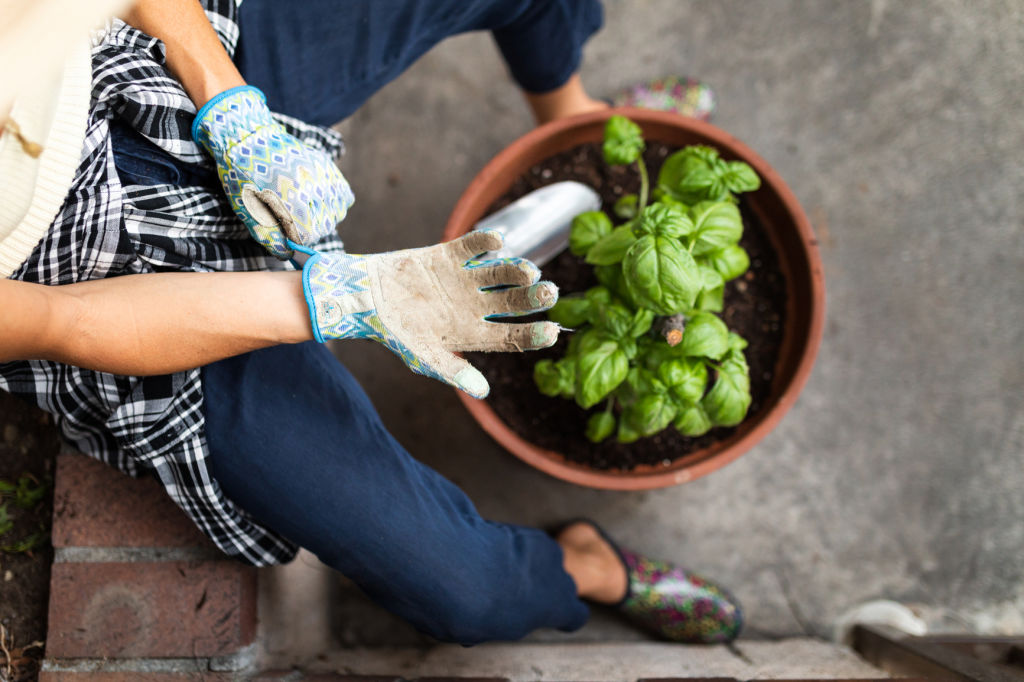
It’s true that 2020 saw us all spending more time at home and in our gardens, so what did we enjoy about it? What did our gardens provide us, beyond a sanctuary of green? What did we improve on and what’s still on the to do list?
There are a few things lingering on my list that I’m yet to get done in my garden this summer, and finding the perfect grafted Hass avocado is one of them. In the meantime, here are eight jobs I’m getting done before summer’s out.
Irrigation and La Nina
If you’re a hand-waterer then this summer’s La Nina has probably given you a bit of time off – the east-coast rains have been giving our gardens a soaking. If you haven’t already, turn down your irrigation system to avoid overwatering lawns or garden beds. Some systems have rain sensors so will be already adjusting their watering duration to suit the weather. To make the most of this rainfall, take your indoor plants outside for a good wash on the next rainy day and they’ll love you for it.
Harvesting summer annuals
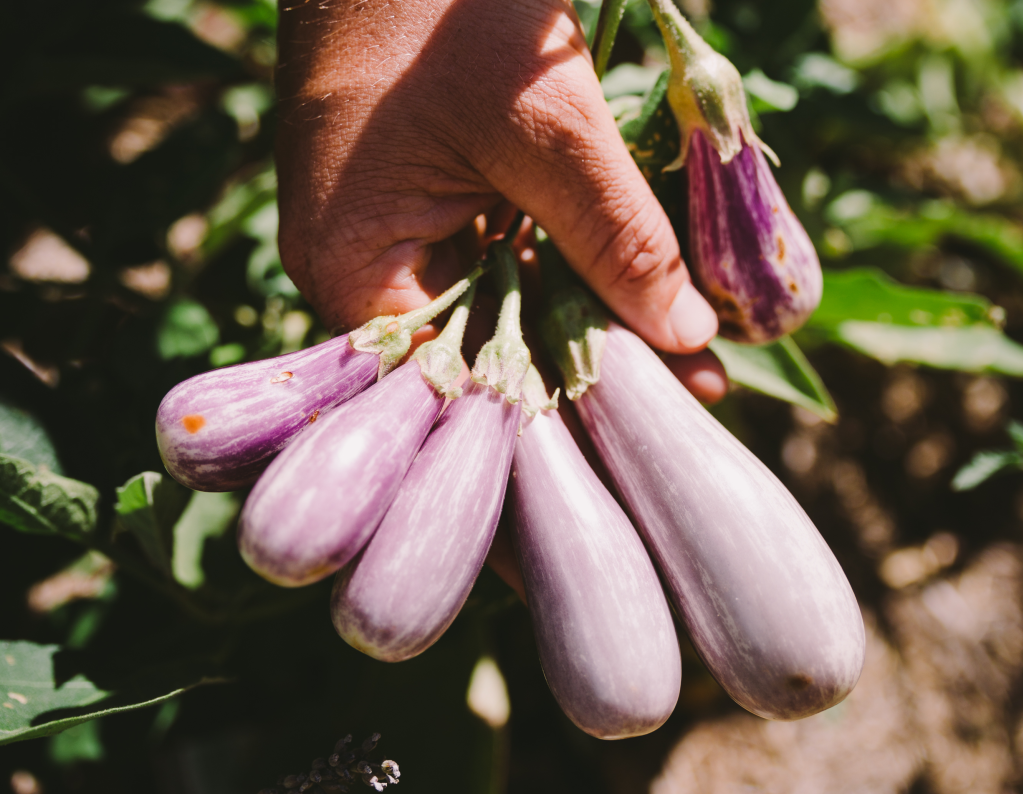
I’m seeing plenty of eggplants and tomatoes ballooning on their vines, as well as beans, pumpkin, okra, passion fruit and a variety of leafy greens sprouting throughout all our gardens, rapidly ripening in this steamy weather. Once these are finished come the end of summer or early autumn, our beds will need to be topped up with fresh compost, cow manure, worm castings and some organic veggie fertiliser and soil conditioners in preparation for autumn planting.
If you’re keen to grow some autumn veggies, now’s the time to get planning – buy the pots or make the beds, do the soil prep and order your seeds for planting in a couple of months. Remember, you’ll be planting winter annuals this autumn. It’s already too late for most summer crops to go in now, but get cracking on some autumn growing.
Lawns and top-dressing
Our lawn has loved the ample sun and rain of late and looks vastly different this year. I’ll be busy aerating compacted areas, fertilising and adding a quality top dressing over the next few weekends.
Potting up and repotting plants
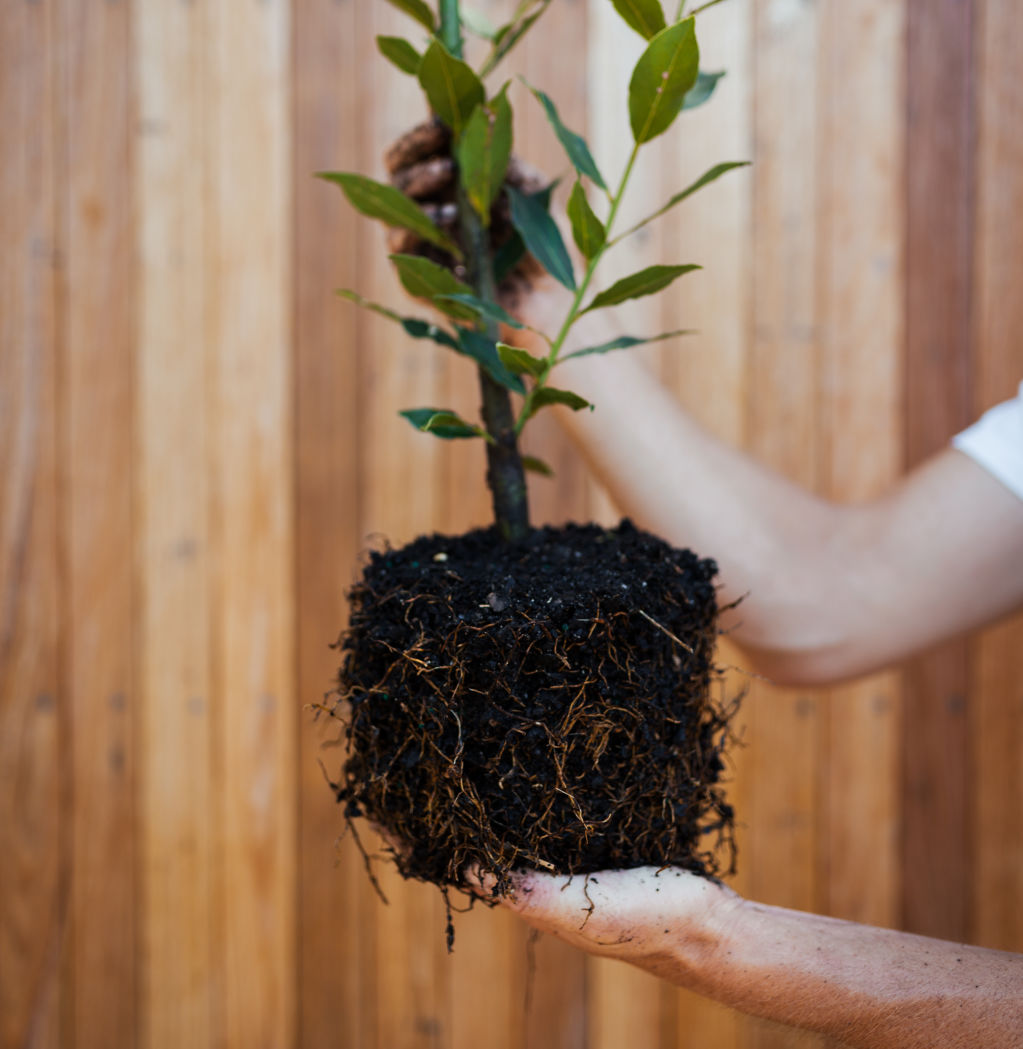
While our plants are actively growing throughout summer and we have wet weather to keep them hydrated, now would be a great time to get repotting and potting up. Remove your plants from their pots and tease off about a quarter of the old potting mix from around the root ball. Repot them with fresh premium potting mix and water in well with some seaweed solution. Mix a quarter of a bag of cow manure to every bag of potting mix for plants that love water. Avoid doing it on a hot day and water the plant the day before.
Pruning deadwood
You’ll need a sharp pair of secateurs, a saw and or some good loppers. Have a close look at your trees and shrubs and then remove dead branches and crossing branches that are rubbing. What to prune and when depends on the plant type, but taking out old dead or diseased wood will open up the tree for light and allow new growth to thrive.
Fertilise
Healthy soil is your priority focus as a gardener, so build it up with rich, organic matter such as compost, manure, worm castings and mulch. A great combination of these nutrient-dense ingredients will build excellent soil structure, which will provide water and nutrients to plants. Adding organic fertilisers and soil conditioners will boost nutrients.
How to grow Hass avocados
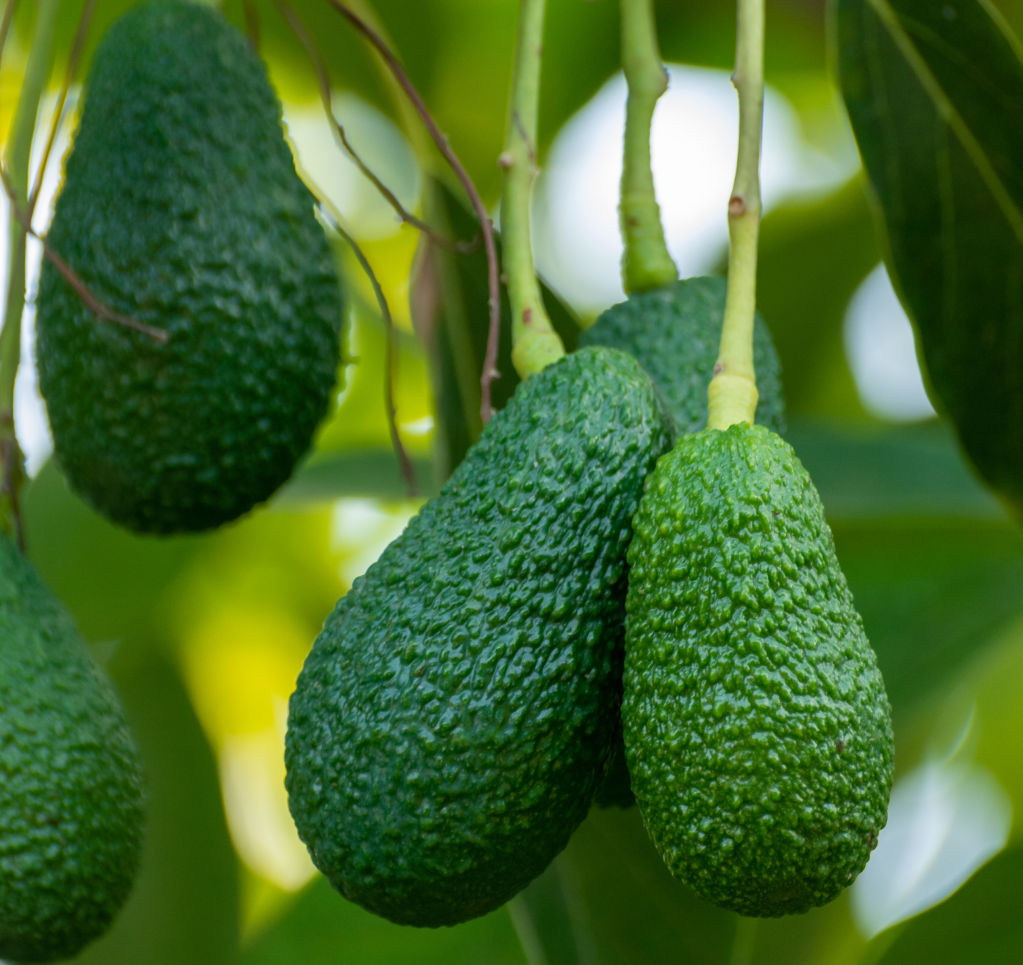
If you love a bit of smashed avocado like the rest of us, and you have the space, then try growing one. You can buy grafted trees that fruit sooner, rather than growing from seed.
They do best with an A and B type planted close by for pollination, but most cities on the east coast have plenty of varieties growing in backyards, so you’re pretty safe with the one type.
Keep an eye out for good-looking specimens at your local nursery and choose the ideal size for your home and variety for your climate.
We recommend
We thought you might like
States
Capital Cities
Capital Cities - Rentals
Popular Areas
Allhomes
More
